
Gibran Khalil Gibran, usually referred to in English as Kahlil Gibran, was a Lebanese-American writer, poet and visual artist, also considered a philosopher although he himself rejected the title. He is best known as the author of The Prophet, which was first published in the United States in 1923 and has since become one of the best-selling books of all time, having been translated into more than 100 languages.
This article contains information about the literary events and publications of 1931.
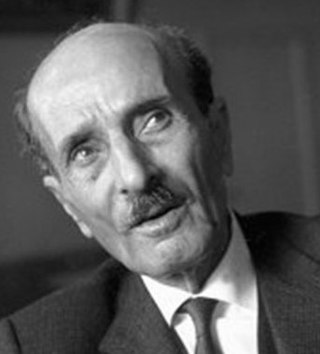
Mikha'il Nu'ayma, better known in English by his pen name Mikhail Naimy, was a Lebanese poet, novelist, and philosopher, famous for his spiritual writings, notably The Book of Mirdad. He is widely recognized as one of the most important figures in modern Arabic literature and one of the most important spiritual writers of the 20th century.
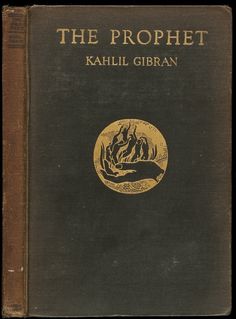
The Prophet is a book of 26 prose poetry fables written in English by the Lebanese-American poet and writer Kahlil Gibran. It was originally published in 1923 by Alfred A. Knopf. It is Gibran's best known work. The Prophet has been translated into over 100 different languages, making it one of the most translated books in history, as well as one of the best selling books of all time. It has never been out of print.

May Elias Ziadeh was a Lebanese-Palestinian poet, essayist, and translator, who wrote many different works both in Arabic and in French.

Bsharri District is one of the 7 districts of the North Governorate, Lebanon.
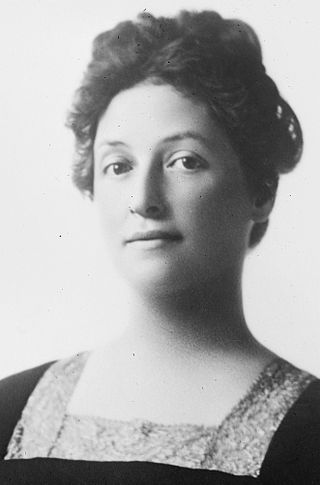
Josephine Preston Peabody was an American poet and dramatist.
The Baháʼí Faith and related topics have appeared in multiple forms of fiction. The mention of this religion can be seen in science fiction, fantasy, short stories, novelettes, novels, and TV series. In 2005, an estimated value of 30 references could be found relating Baháʼí Faith to different forms of fiction. An estimated third of these references have a significant relationship with the religion in the way that these forms of fiction show the Baháʼí Faith as a crucial aspect of the story. The first known occurrence is perhaps in the writings of Marie von Najmajer, who wrote a poem dedicated to Tahirih in Gurret-úl-Eyn: Ein Bild aus Persiens Neuzeit which was published in 1874. After a series of works covering the events of the Bábí period, most of the focus shifted towards Baháʼí specific related connections. Soon Khalil Gibran wrote two books - The Prophet and Jesus, The Son of Man. There is some second-hand evidence for the sustained influence of ʻAbdu'l-Bahá in these works. In modern times the first known occurrence is of a short story by non-Baháʼí Tom Ligon The Devil and the Deep Black Void, - he also wrote a sequel The Gardener. The next fictional publication, in 1991, which references the Baháʼí Faith may be a short story "Home Is Where…" by Baháʼí Maya Kaathryn Bohnhoff,
Youssef Saadallah Howayek (1883–1962) was a painter, sculptor and writer from Helta, in modern-day Lebanon.

Paul-Gordon Chandler is the Bishop of the Episcopal Diocese of Wyoming in the USA. An author, art curator, peacemaker, and social entrepreneur, his previous roles have included serving as both a non-profit executive and US Episcopal priest. Paul-Gordon Chandler grew up in West Africa (Senegal) and has lived and worked in leadership roles throughout the world, with an emphasis on the Middle East and Africa, with ecumenical publishing, relief and development agencies, the arts and The Episcopal Church. His acclaimed book on Kahlil Gibran, the best-selling Lebanese born poet-artist and author of The Prophet, is IN SEARCH OF A PROPHET: A Spiritual Journey with Kahlil Gibran.
The Mahjar was a literary movement started by Arabic-speaking writers who had emigrated to America from Ottoman-ruled Lebanon, Syria and Palestine at the turn of the 20th century. Like their predecessors in the Nahda movement, writers of the Mahjar movement were stimulated by their personal encounter with the Western world and participated in the renewal of Arabic literature, hence their proponents being sometimes referred to as writers of the "late Nahda". These writers, in South America as well as the United States, contributed indeed to the development of the Nahda in the early 20th century. Kahlil Gibran is considered to have been the most influential of the "Mahjar poets" or "Mahjari poets".
The Church of Jesus Christ of Latter-day Saints takes no official position on whether or not biological evolution has occurred, nor on the validity of the modern evolutionary synthesis as a scientific theory. In the twentieth century, the First Presidency of the LDS Church published doctrinal statements on the origin of man and creation. In addition, individual leaders of the church have expressed a variety of personal opinions on evolution, many of which have affected the beliefs and perceptions of Latter-day Saints.
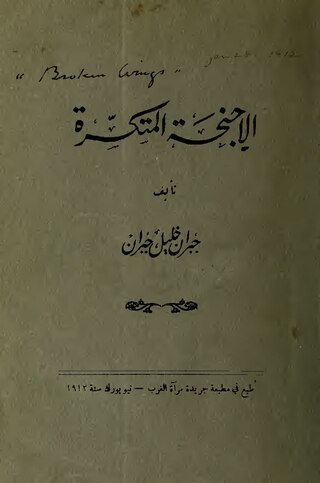
Broken Wings is a poetic novel written in Arabic by Kahlil Gibran and first published in 1912 by the printing house of the periodical Meraat-ul-Gharb in New York. It is a tale of tragic love, set at the turn of the 20th century in Beirut. A young woman, Selma Karamy, is betrothed to a prominent religious man's nephew. The protagonist falls in love with this woman. They begin to meet in secret, however they are discovered, and Selma is forbidden to leave her house, breaking their hopes and hearts.

Kahlil G. Gibran, sometimes known as "Kahlil George Gibran", was a Lebanese American painter and sculptor from Boston, Massachusetts. A student of the painter Karl Zerbe at the School of the Museum of Fine Arts, Boston, Gibran first received acclaim as a magic realist painter in the late 1940s when he exhibited with other emerging artists later known as the "Boston Expressionists". Called a "master of materials", as both artist and restorer, Gibran turned to sculpture in the mid-fifties. In 1972, in an effort to separate his identity from his famous relative and namesake, the author of The Prophet, Gibran Kahlil Gibran, who was cousin both to his father Nicholas Gibran and his mother Rose Gibran, the sculptor co-authored with his wife Jean a biography of the poet entitled Kahlil Gibran His Life And World. Gibran is known for multiple skills, including painting; wood, wax, and stone carving; welding; and instrument making.
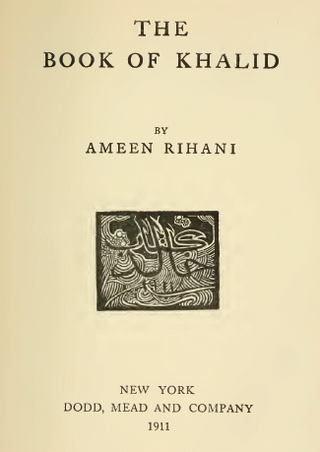
The Book of Khalid (1911) is a novel by Arab-American writer Ameen Rihani. Composed during a sojourn in the mountains of Lebanon, it is considered to be the first novel by an Arab-American writer in English. His contemporary, Khalil Gibran, illustrated the work, and the story is often seen as an influence on Gibran's own well-known book The Prophet.
The Baháʼí Faith (بهائی) has a following of at least several hundred people in Lebanon dating back to 1870. The community includes around 400 people, with a centre in Beit Mery, just outside the capital Beirut, and cemeteries in Machgara and Khaldeh. On the other hand, the Association of Religion Data Archives estimated some 3,900 Baháʼís in 2005.
Suheil Badi Bushrui was a professor, author, poet, critic, translator, and peace maker. He was a prominent scholar in regard to the life and works of the Lebanese-American author and poet Kahlil Gibran.
Henrietta Breckenridge Boughton (1878–1961), better known by her pen name Barbara Young, was an American art and literary critic in the 1920s, as well as a poet. She met Kahlil Gibran at a reading of The Prophet organized by rector William Norman Guthrie in St. Mark's Church in-the-Bowery and served as his secretary from 1925 until his death. She revised and published Gibran's book The Garden of the Prophet, after Mary Haskell made her revisions. Her book This Man from Lebanon: A Study of Kahlil Gibran was published by Alfred A. Knopf on January 15, 1945. Some of her writing was featured in Thomas Moult's anthology The Best Poems of 1931.

The Shove Memorial Chapel is a church located in downtown Colorado Springs, Colorado that was designed by John Grey and built from 1930 to 1931. The church has been on the National Register of Historic Places since May 22, 2005, and is of Norman Romanesque style.
May Rihani is an expert on girls' education and women's empowerment. She worked in over 40 countries and visited over 70 countries to advance these causes. She was a Senior Vice president of three leading US organizations that worked in International Development: FHI360, the Academy of Educational Development (AED), and Creative Associates International. She served as the Co-Chair of the United Nations Girls' Education Initiative (UNGEI) between 2008 and 2010. She is a Lebanese writer and poet in both Arabic and English. She is also a women's rights activist.












